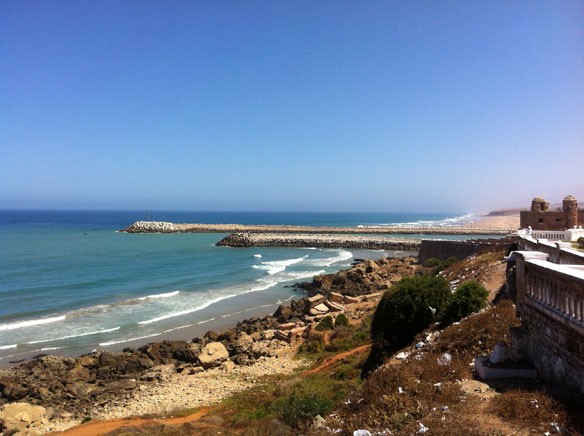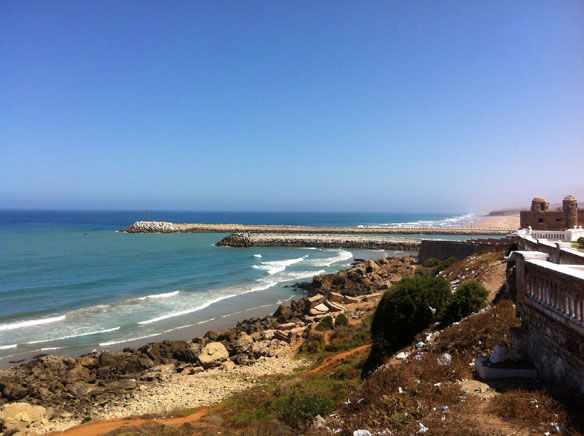
Groins and jetties are walls built perpendicular to the shoreline. A jetty, often very long (sometimes miles), is intended to keep sand from flowing into a ship channel. Groins, much smaller walls built on straight stretches of beach away from channels and inlets, are intended to trap sand flowing in the longshore (surf-zone) current. Captions and Photo source: © SAF — Coastal Care
Excerpts;
Some legislators are once again trying to expand the number of certain erosion-controlling structures allowed by law along the North Carolina coast. This time, they’re trying to do it through the state budget…
Jetties Blamed For Beach Erosion, Montauk NY, CBS (02-14-2011)
The Negative Impacts Of Groins, Coastal Care
Seawall ‘Option’ Won’t Wash, Post & Courier, (10-23-2014)
Hard erosion control devices aren’t generally allowed on South Carolina beaches, and with good reason. Here’s why: Seawalls actually can accelerate erosion, often on adjacent property.
The Changing Carolina Coast: Sand Is Everywhere, Except When It Isn’t, WUNC (06-02-2015)
“Seawalls Kill Beaches,” Open Letters by Warner Chabot And Rob Young, (10-03-2014)
North Carolina Should Move With Nature on Coast, News Observer (01-05-2015)









